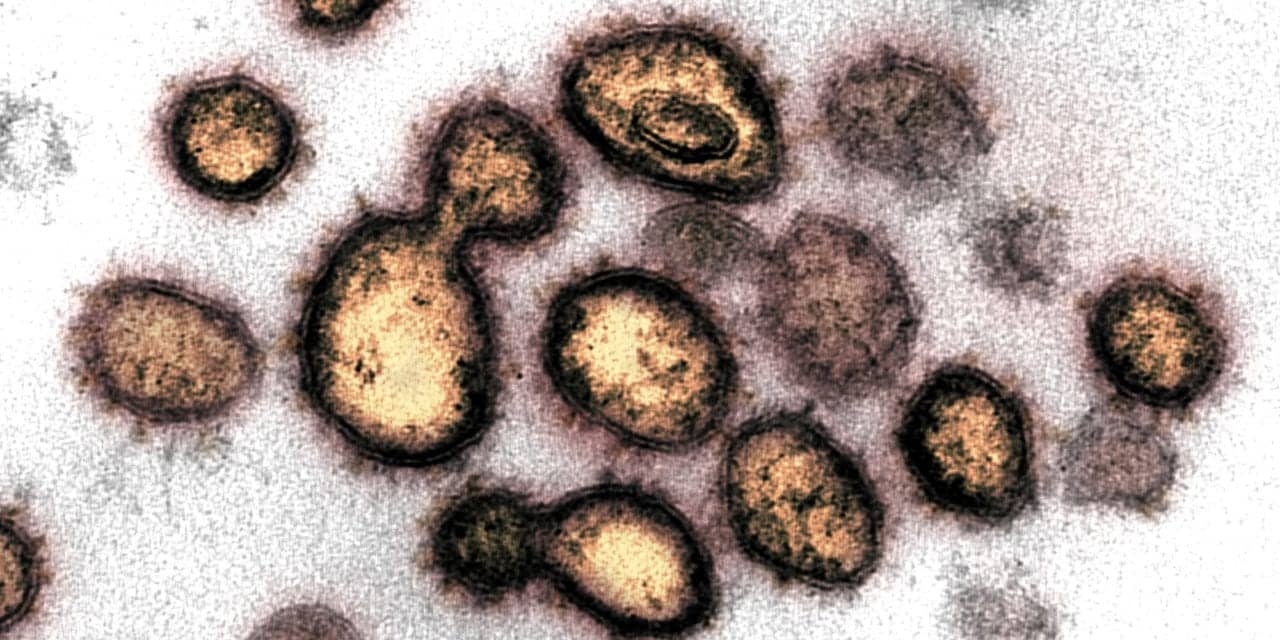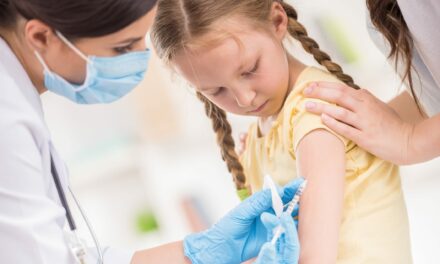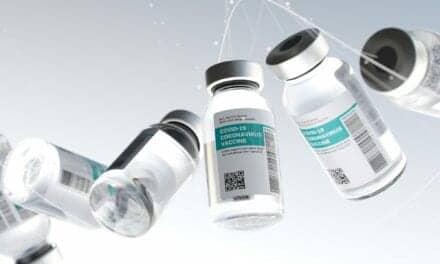A new study published in Science estimates that for every one confirmed case of COVID-19 there may be five to 10 undiagnosed cases in the community.[1] In the United States, which has confirmed 6,362 cases as of Mar 17, that would translate to an estimated 31,810 to 63,620 undetected infections.
Scientists used infection data from China with other measures to calculate epidemiological characteristics associated with SARS-CoV-2 (the virus that causes COVID-19), including undocumented infections and contagiousness.[1]
Researchers report that, prior to Jan 23, when China imposed major travel restrictions on Wuhan and other regions, as many as 86% of all COVID-19 infections were undocumented. Furthermore, these undocumented infections were the source of 79% of the documented COVID-19 cases in that period.[1]
According to data, the virus’s transmission rate from Jan 10 to Jan 23 was 1.12. But following these travel restrictions, the transmission rate dropped to 0.52 from Jan 24 to Feb 3 based on one model and even further to 0.35 from Jan 24 to Feb 8 based on a second model.
“These findings explain the rapid geographic spread of SARS-CoV2 and indicate containment of this virus will be particularly challenging,” researchers wrote. “This high proportion of undocumented infections, many of whom were likely not severely symptomatic, appears to have facilitated the rapid spread of the virus throughout China.”
Photo credit: NIAID-RML. Novel Coronavirus SARS-CoV-2. This transmission electron microscope image shows SARS-CoV-2, the virus that causes COVID-19, isolated from a patient in the US. Virus particles are shown emerging from the surface of cells cultured in the lab. The spikes on the outer edge of the virus particles give coronaviruses their name, crown-like.
Reference (1): Ruiyun Li, et al. Substantial undocumented infection facilitates the rapid dissemination of novel coronavirus (SARS-CoV2). Science. 16 Mar 2020. DOI: 10.1126/science.abb3221. Accessed at https://science.sciencemag.org/content/early/2020/03/13/science.abb3221










